Pyrrhopappus carolinianus
(Carolina Desert-chicory)
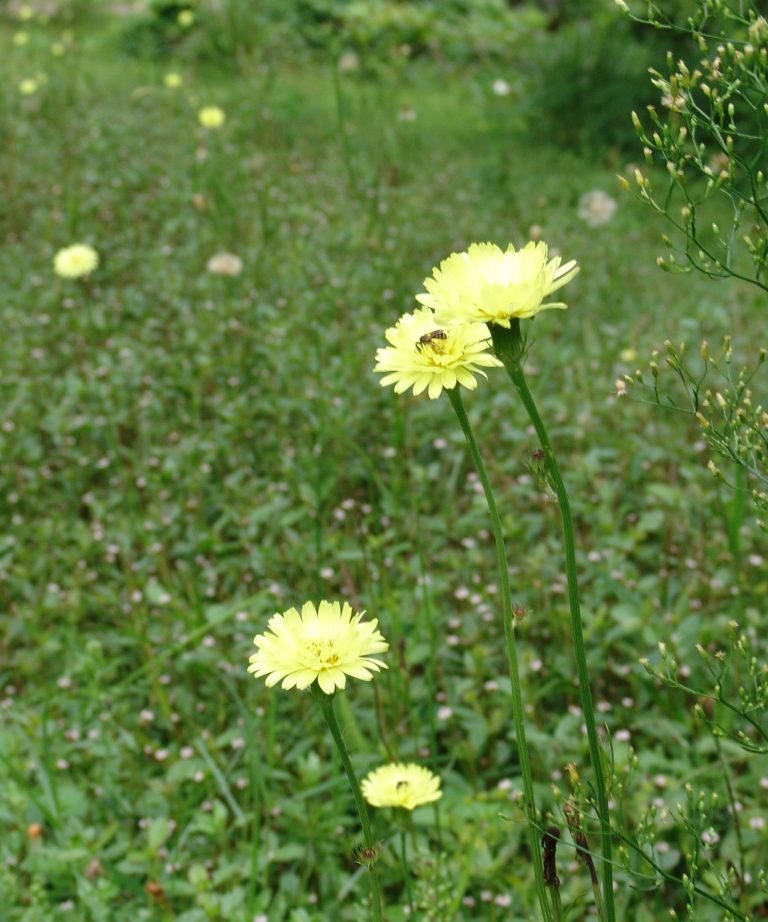
Common Names, Latin Name, and Family
It’s also called false dandelion, Carolina false dandelion and Texas dandelion.
Its Latin name is Pyrrhopappus carolinianus.
It is found in the Asteraceae, or aster, family.
Form
Carolina desert-chicory is an annual wildflower that grows to a height of 2 feet.
Leaves
Carolina desert-chicory leaves are mostly basal which mean in a rosette at ground level.
Leaves on the stems are alternate, sessile, elliptic to oblanceolate with margins that may be lobed or toothed.
Flowers
Bright yellow flowers appear in spring and summer.
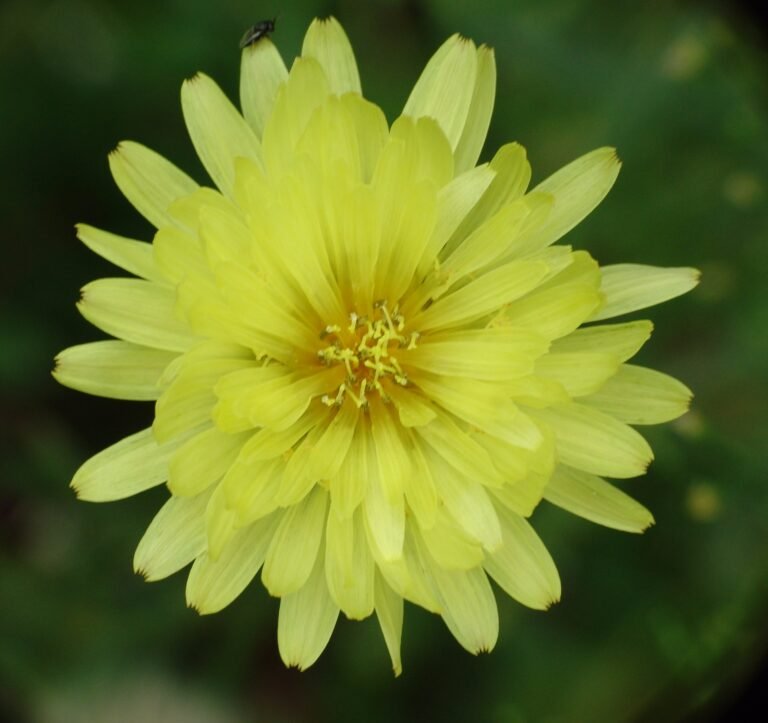
Fruit / Seeds
The seeds are tiny and once they are pollinated they form a fluffy ball.
It’s a common wildflower where children pick the seed stalks and blow the leaves off of it much like dandelions hence another common name – false dandelion.
The pappus, or fluffy bit on the end of the seed, makes the flower’s seed heads appear round and fluffy and allows the seeds to be carried by the wind.
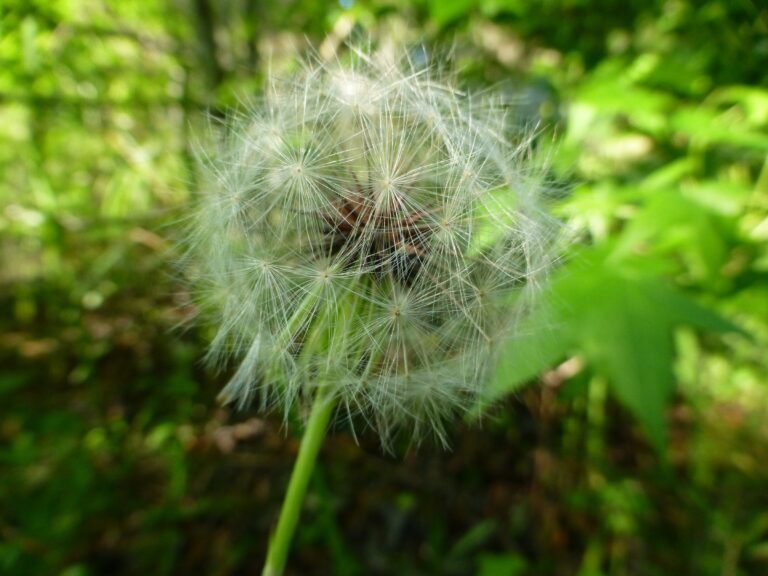
Habitat
Disturbed sites such as roadsides, lawns, pastures, fields, and fencerows.
Native Range
In Florida it occurs naturally from the panhandle south to Highlands County.
It is native to AL, AR, DC, DE, FL, GA, IA, IL, IN, KS, KY, LA, MD, MO, MS, NC, NE, OK, SC, TN, TX, VA, and WV.
It grows in zones 5 to 9b.
Landscape Use
It grows in full sun to part shade with average moisture. It is best grown with other wildflowers or allowed to grow in wild areas.
It readily reseeds where it is planted and will come back each year from seed.
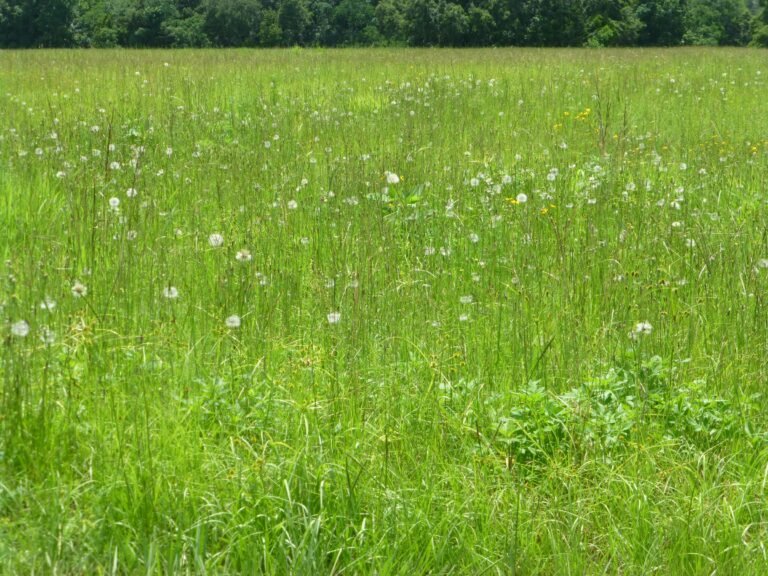
Wildlife Use
The flowers are a nectar source for many insects.
Small mammals eat the flower and seed buds.
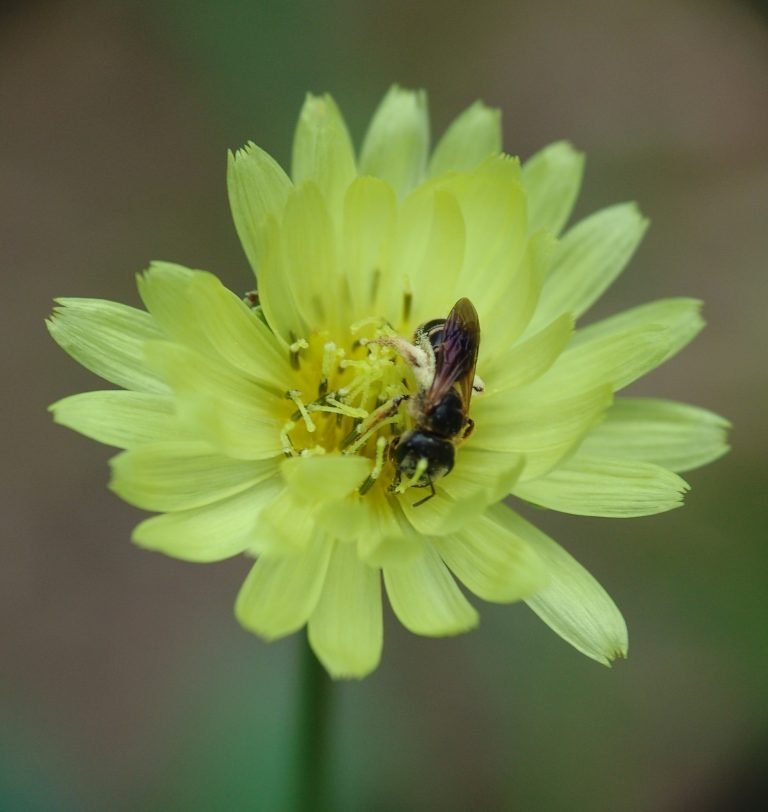
Human Use
It is considered edible but has milky sap so I would suggest researching how to prepare it first.
I’ve not tried it myself because the milky sap is a big turn off for me.
Propagation
It is best grown from seeds since it is an annual. Very small seedlings may survive transplanting, however I have never had luck with transplanting larger plants.
Annuals are not fond of being transplanted once they mature and most don’t survive.
